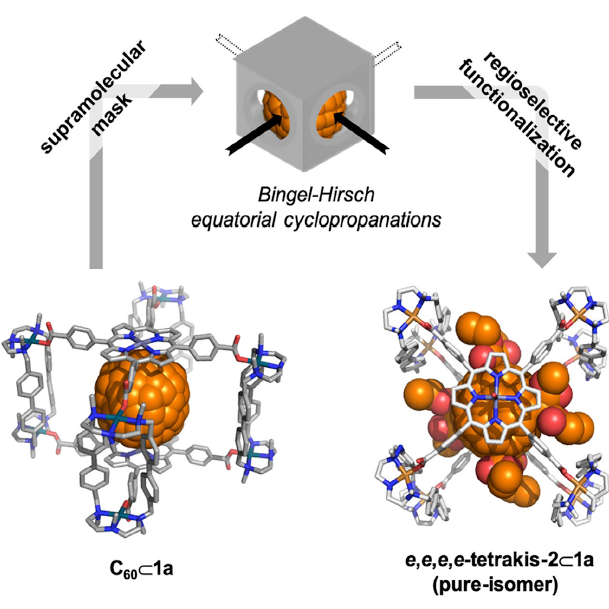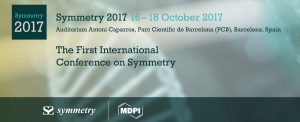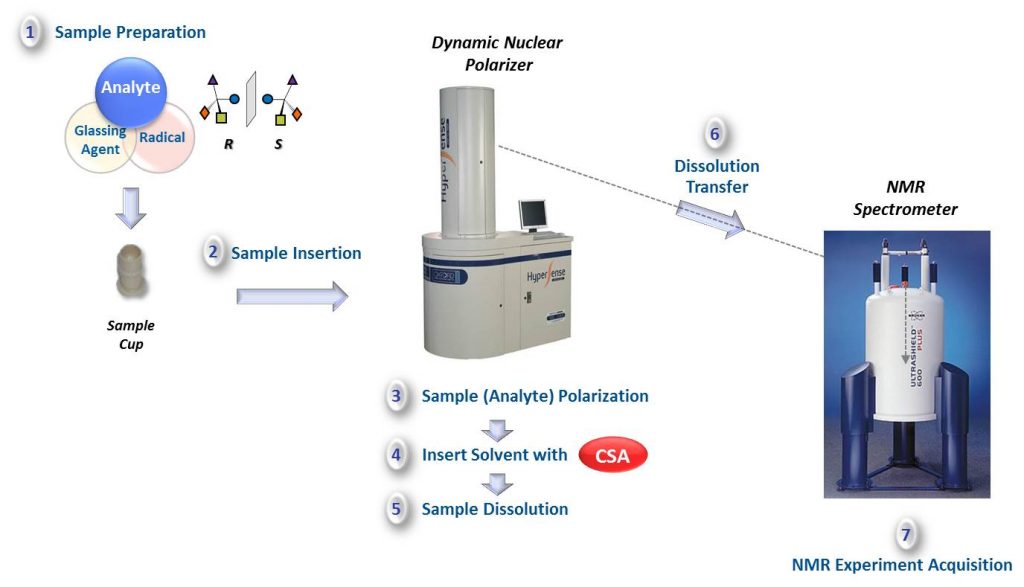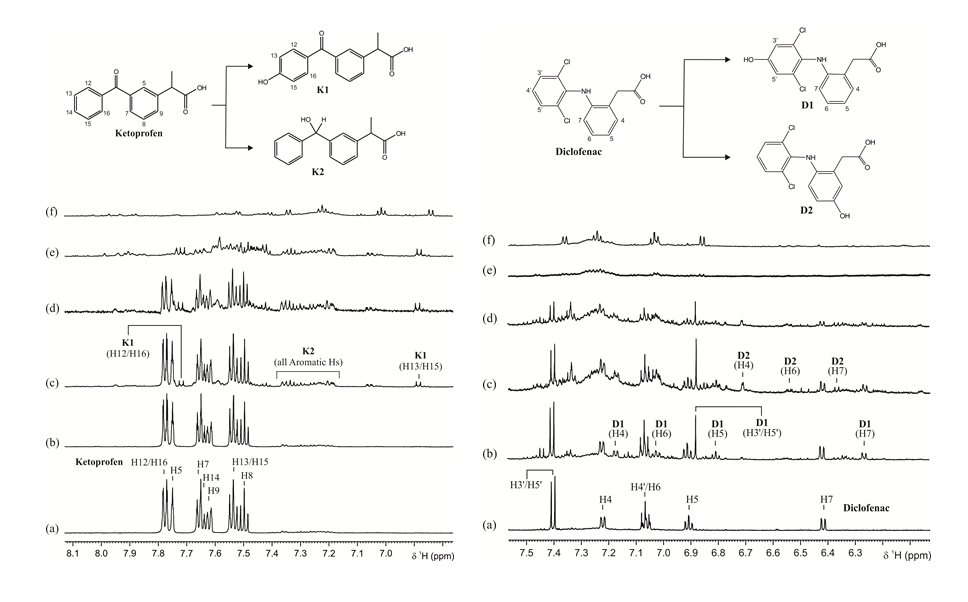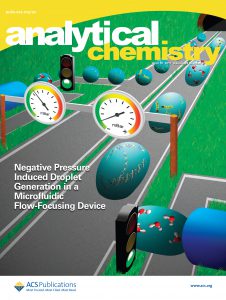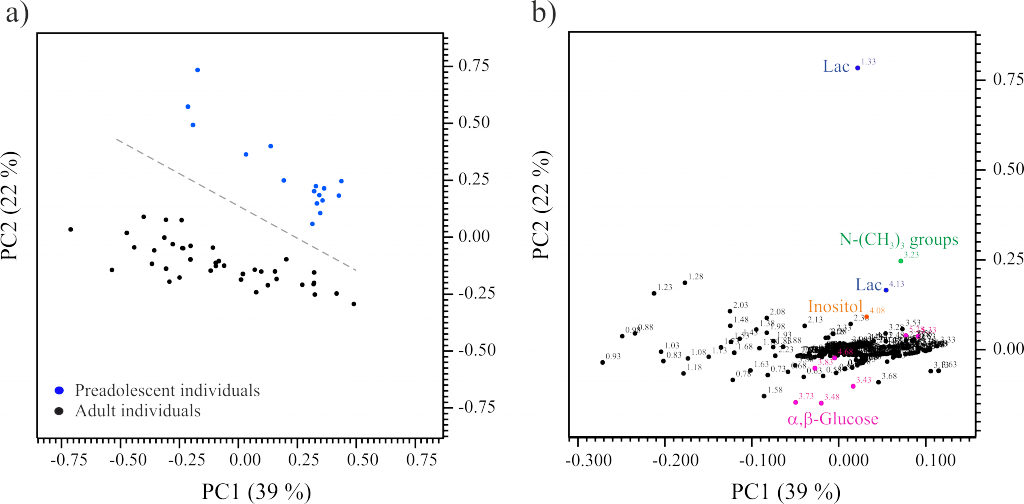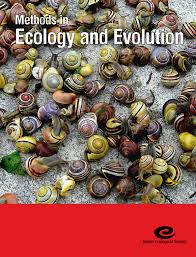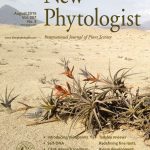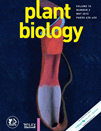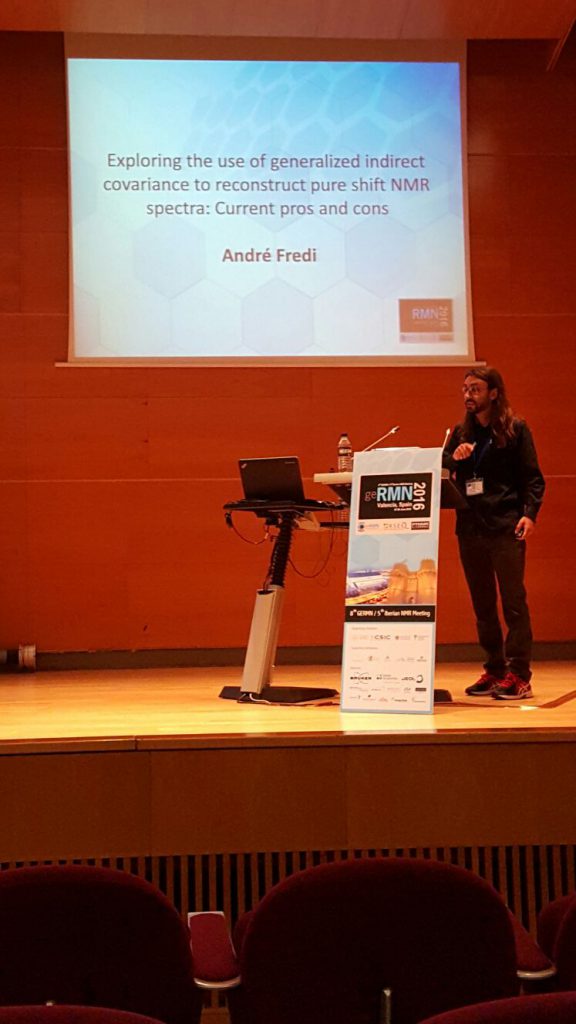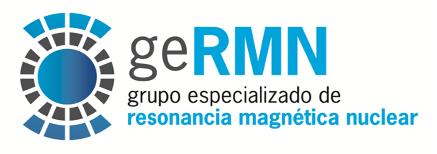 Jaca, 19th-24th June 2023
Jaca, 19th-24th June 2023
The Specialised Group of NMR of the Spanish Royal Society of Chemistry (GERMN, RSEQ) organizes the XV Manuel Rico NMR Summer School in Jaca from 19th-23th June 2023.
This well-established bi-annual summer course is aimed at PhD students, postdocs, technical staff of NMR facilities and, in general, to researchers from academy and industry interested in deepening their understanding of NMR. The course covers theoretical aspects, state-of-the-art methods and applications in fields as diverse as Molecular Chemistry, Materials, Biology, Medicine, and Pharmaceutical Industry, including solution-state, and solid-state NMR techniques, as well as MRI techniques.
Silvia Lope, SeRMN staff, will be teaching a class in “Magnetic Resonance Imaging”.
Start of Registration: March 1st, 2023
End of Registration: April 31st, 2023
For detailed information please visit their webpage https://germn.rseq.org/nmr-summer-school/
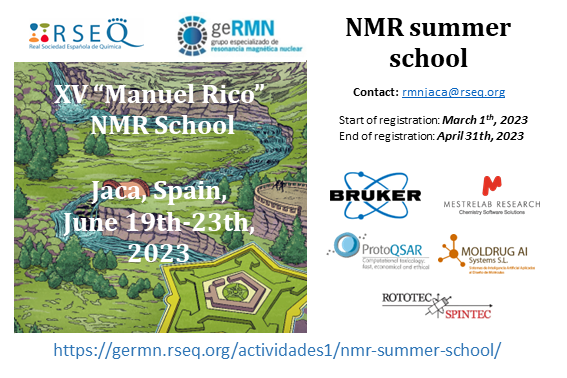
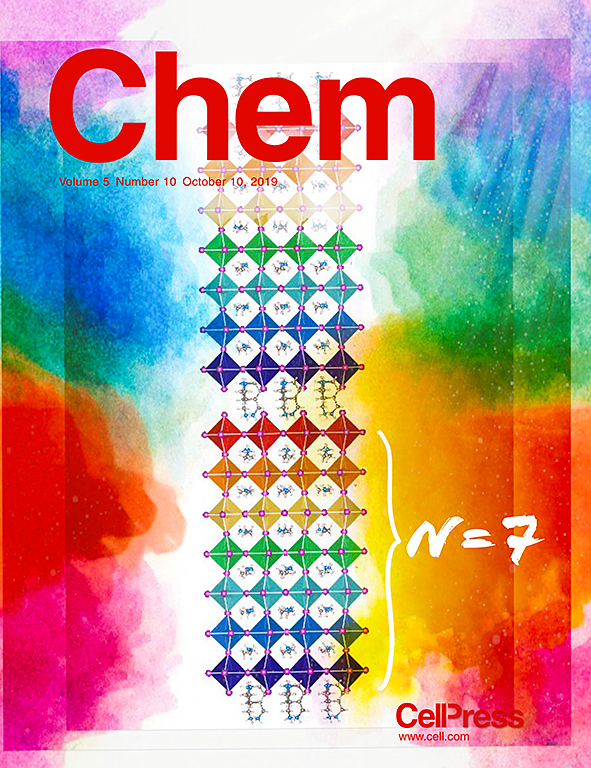 Chem, in press (2020). DOI:
Chem, in press (2020). DOI: 